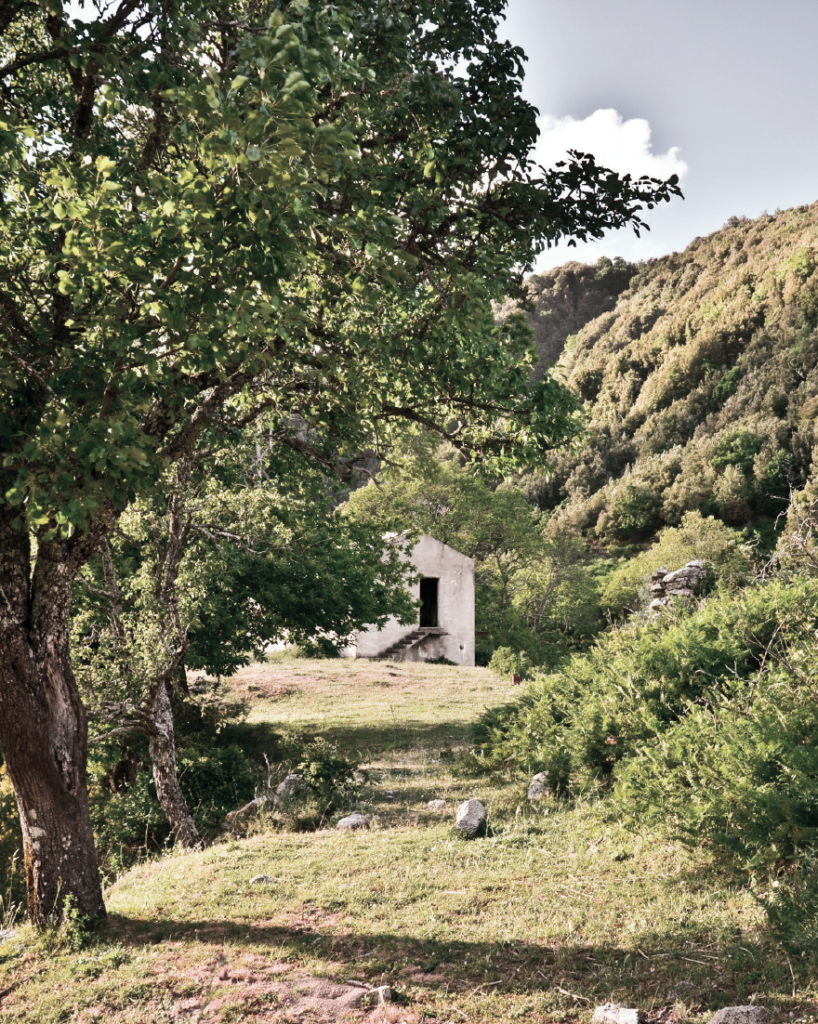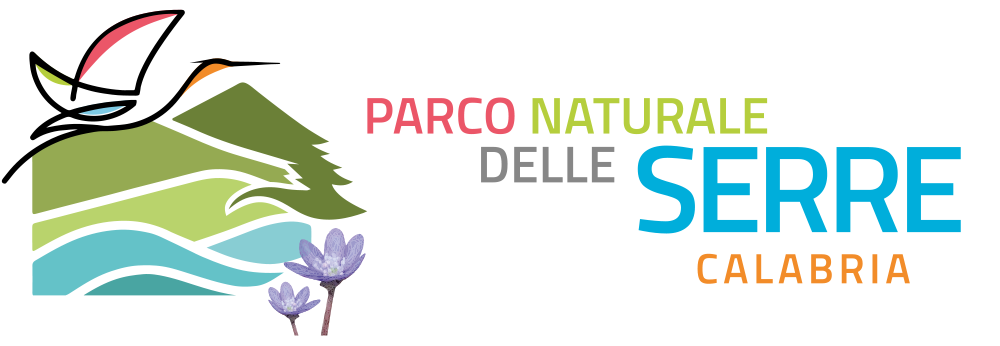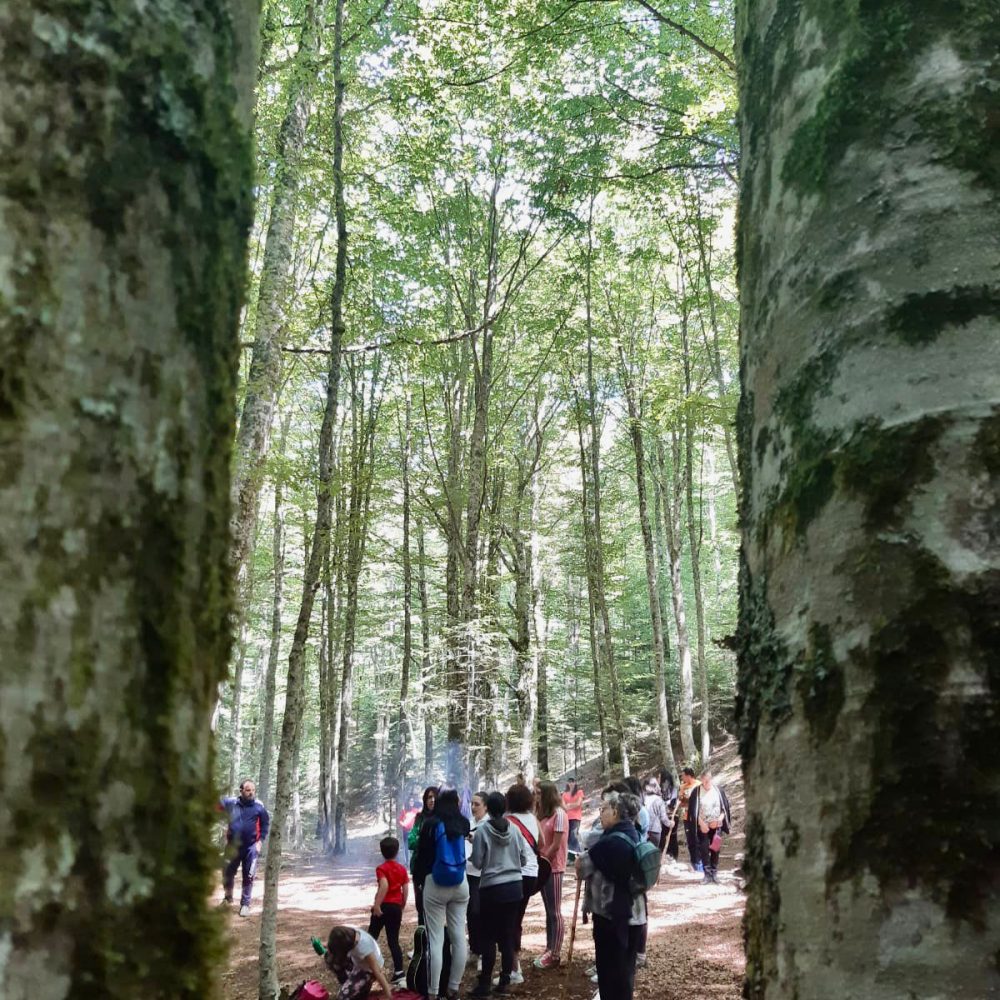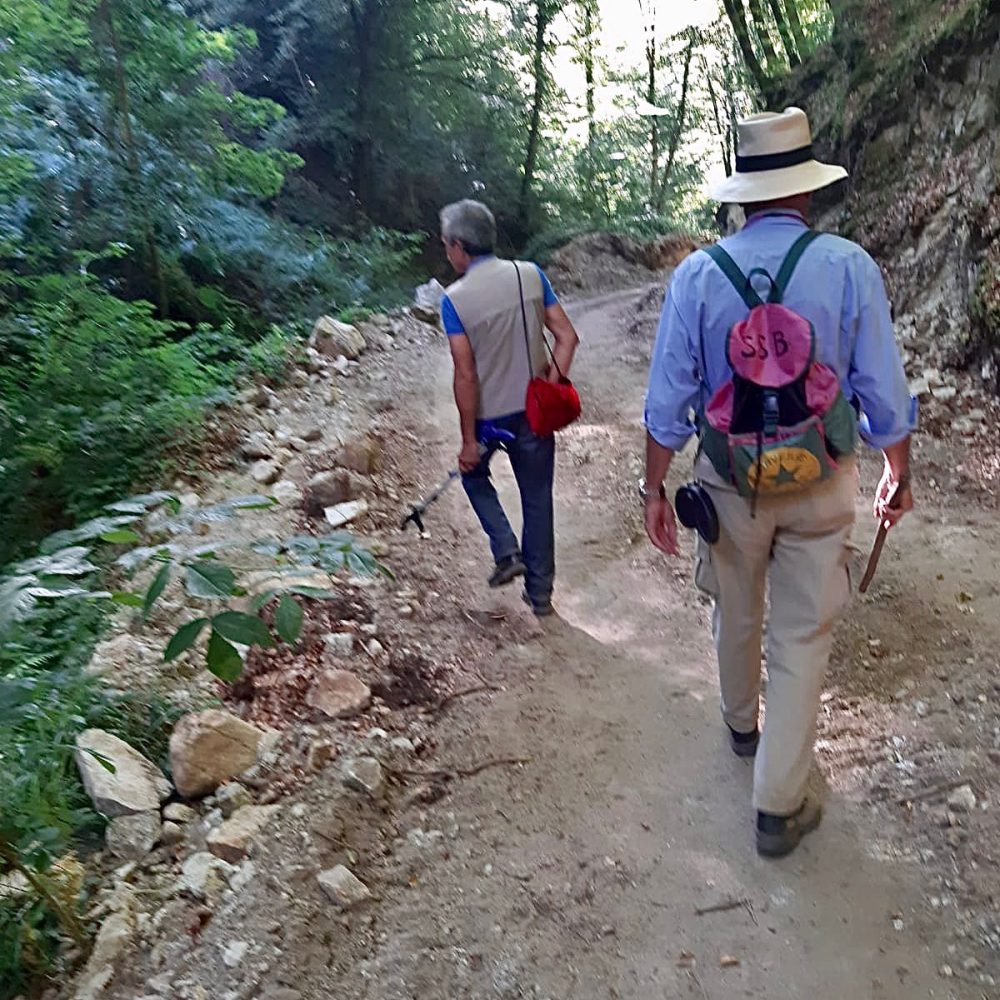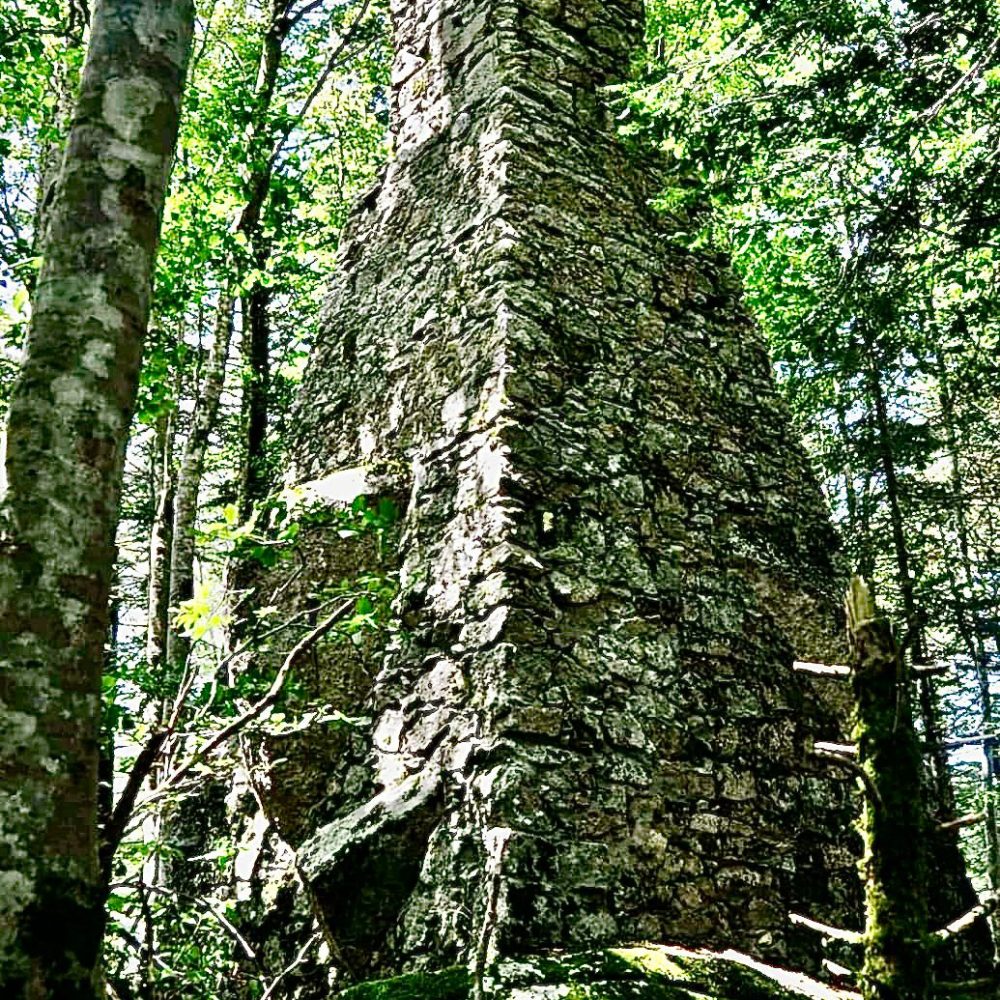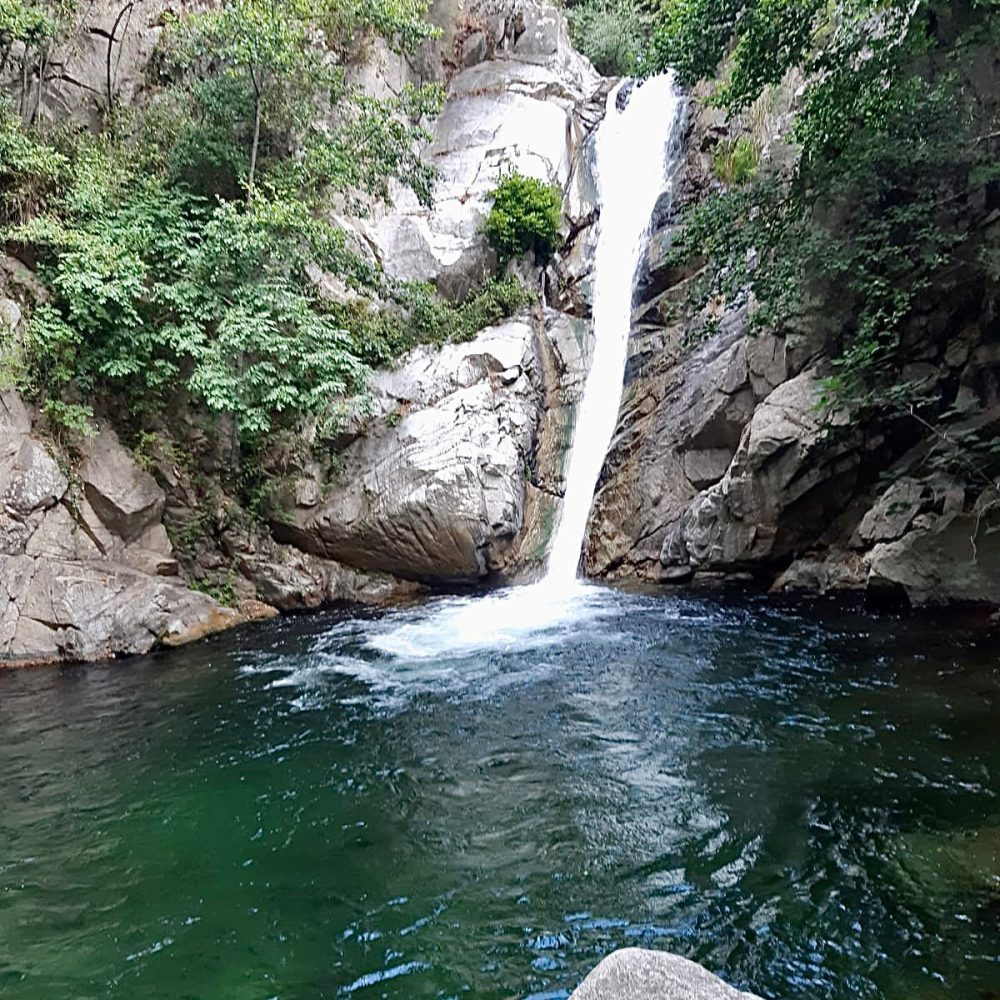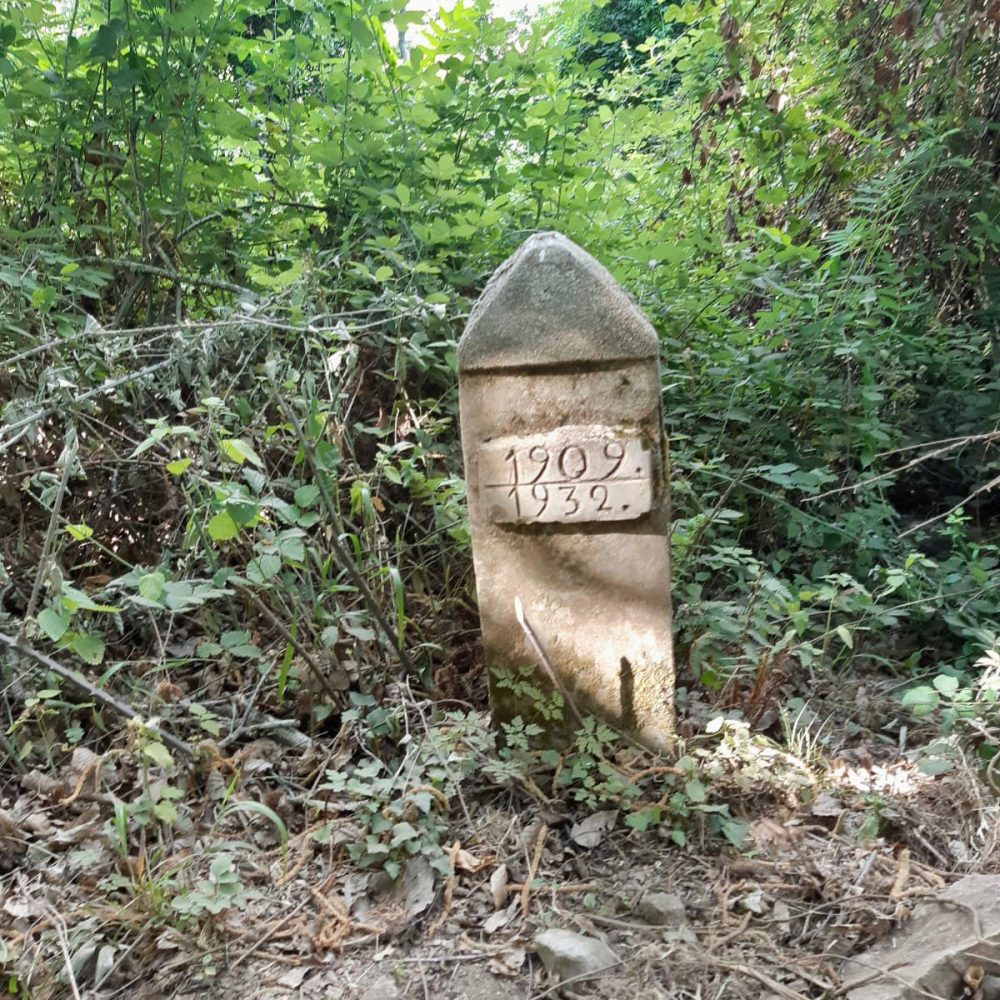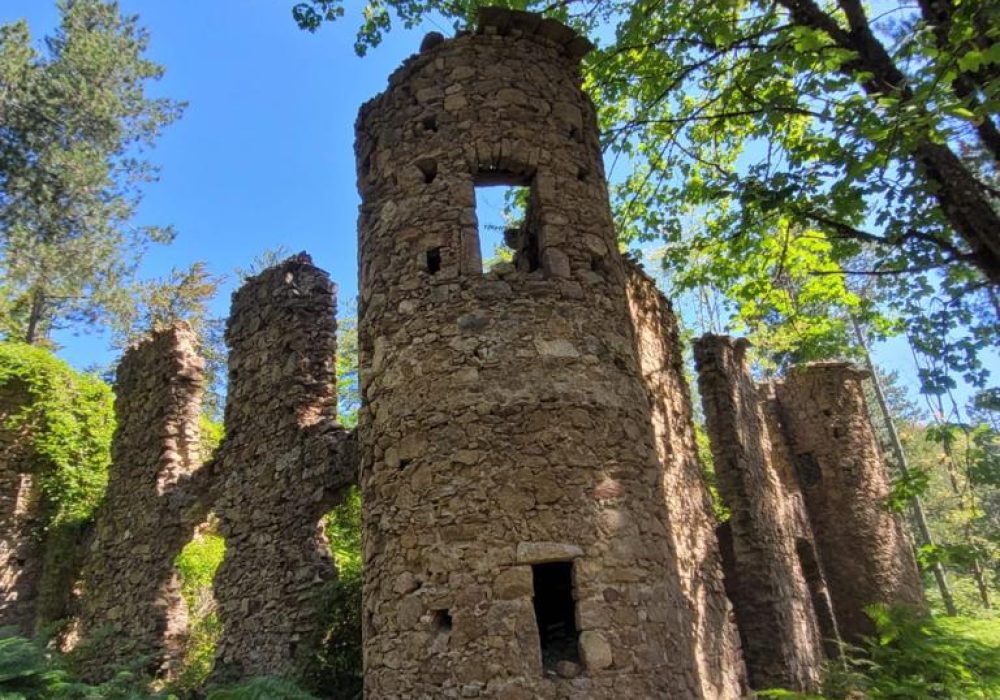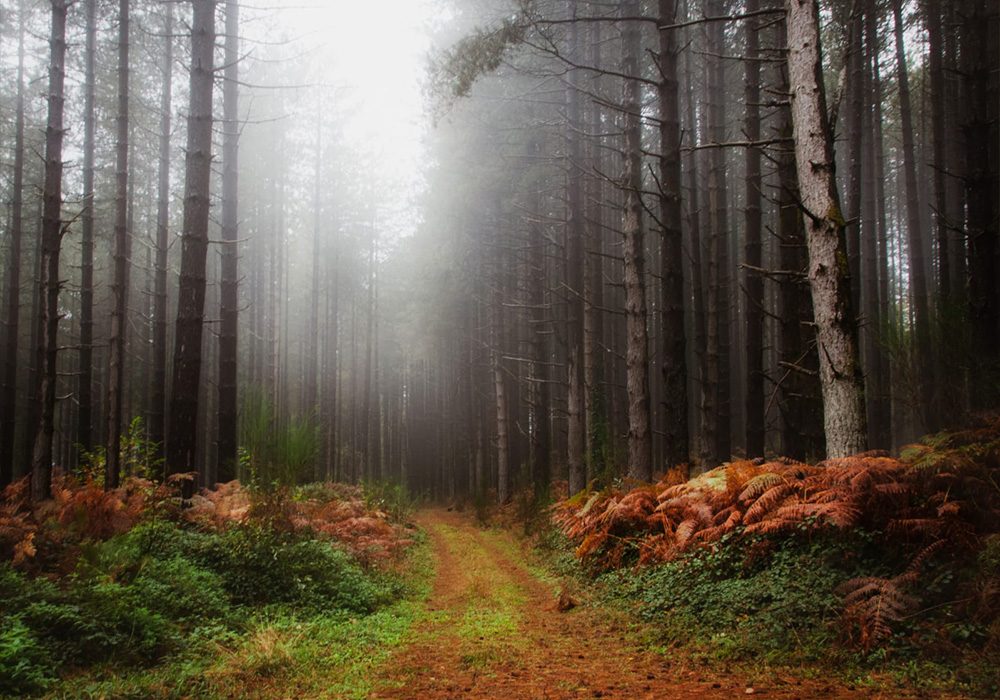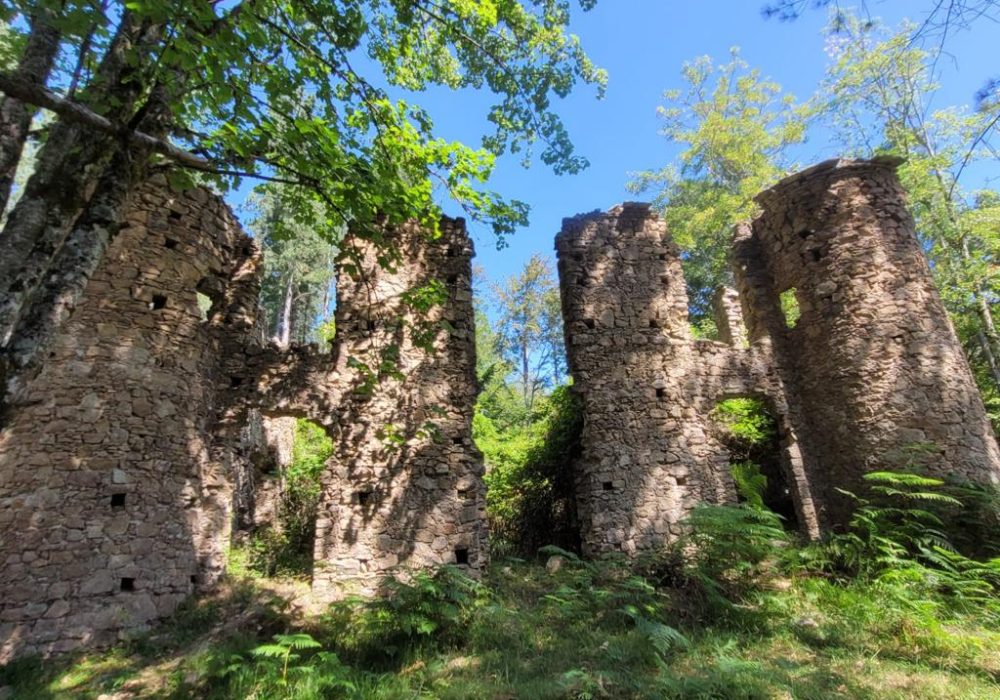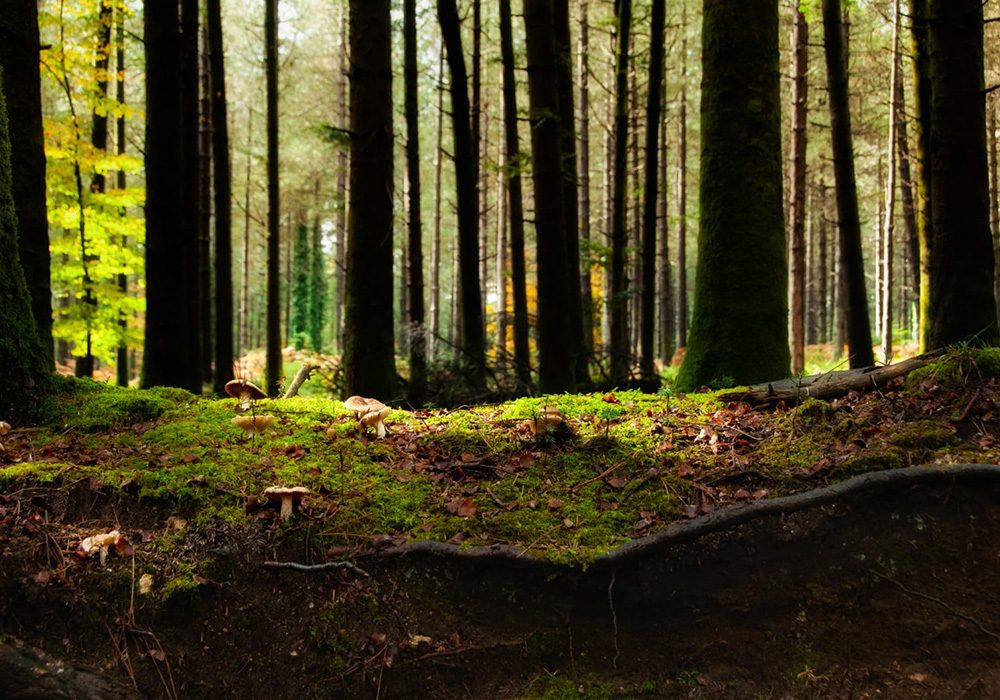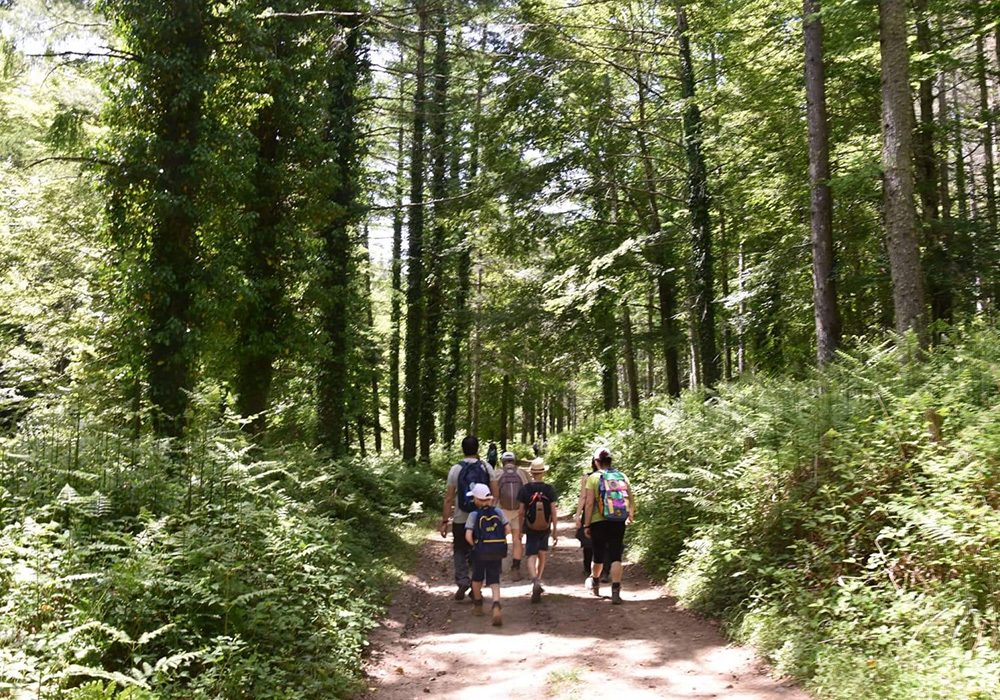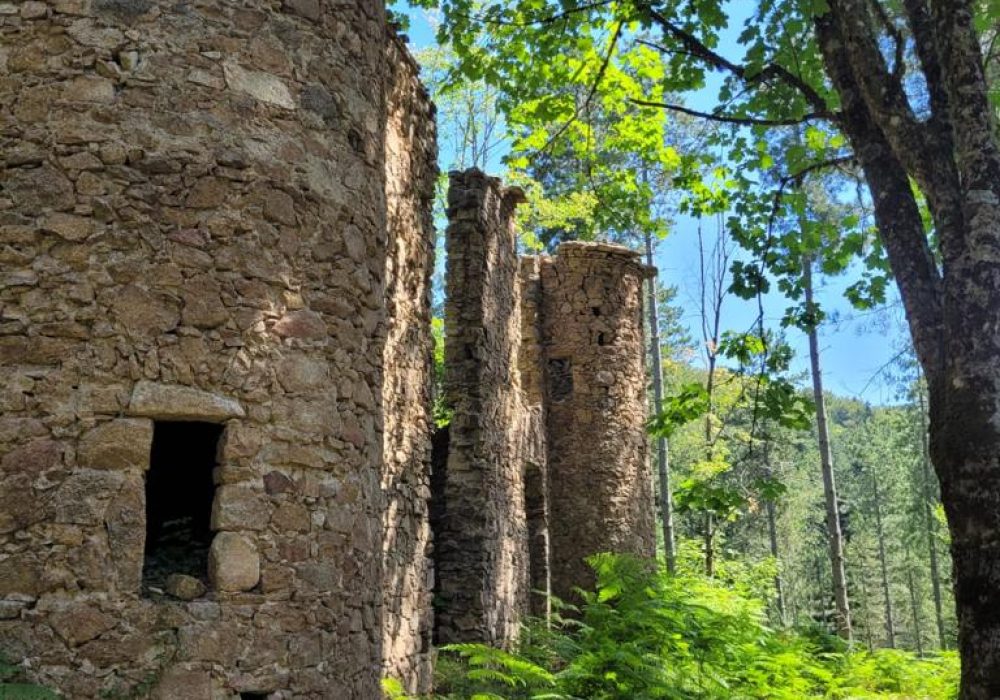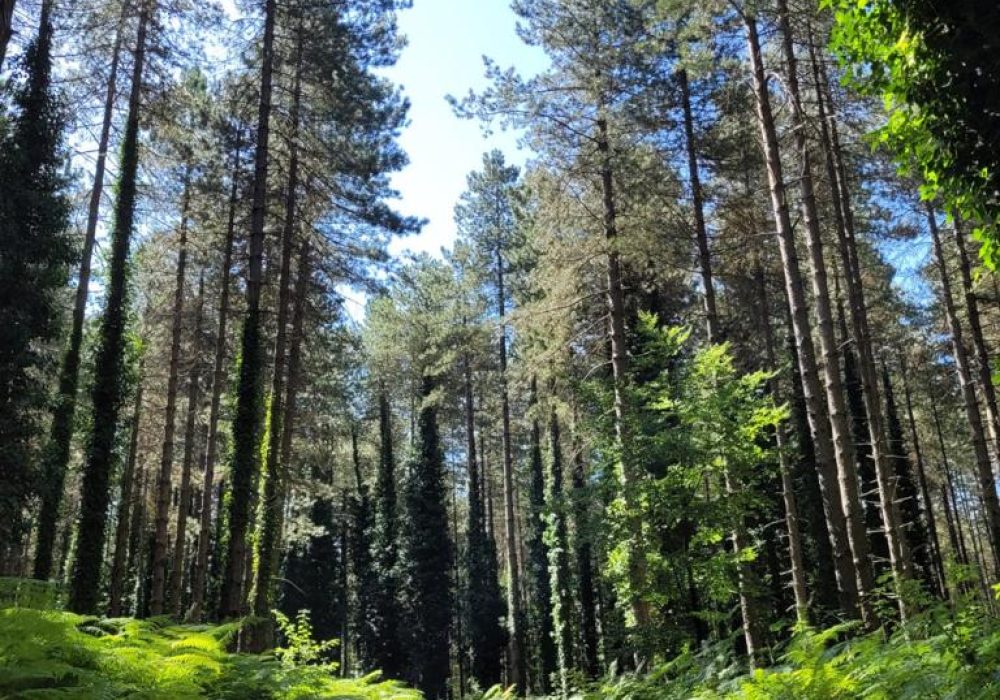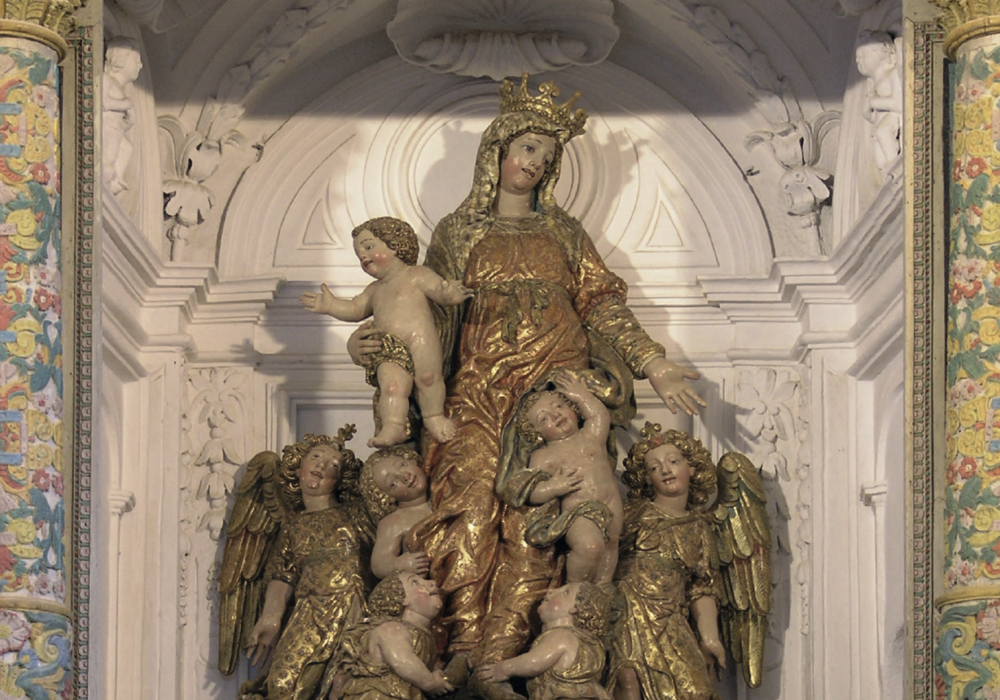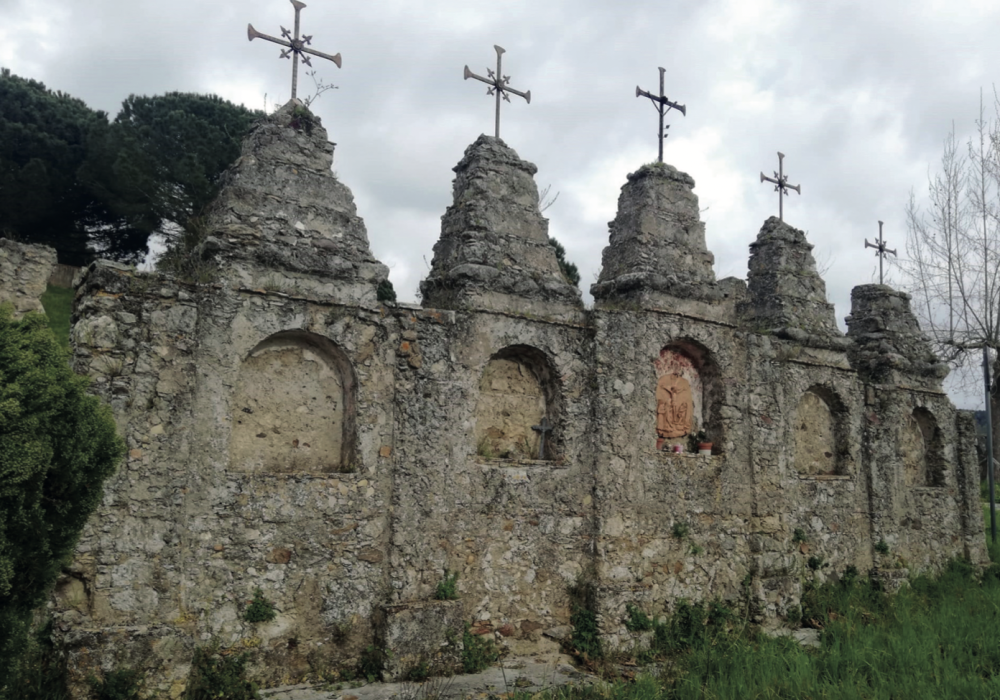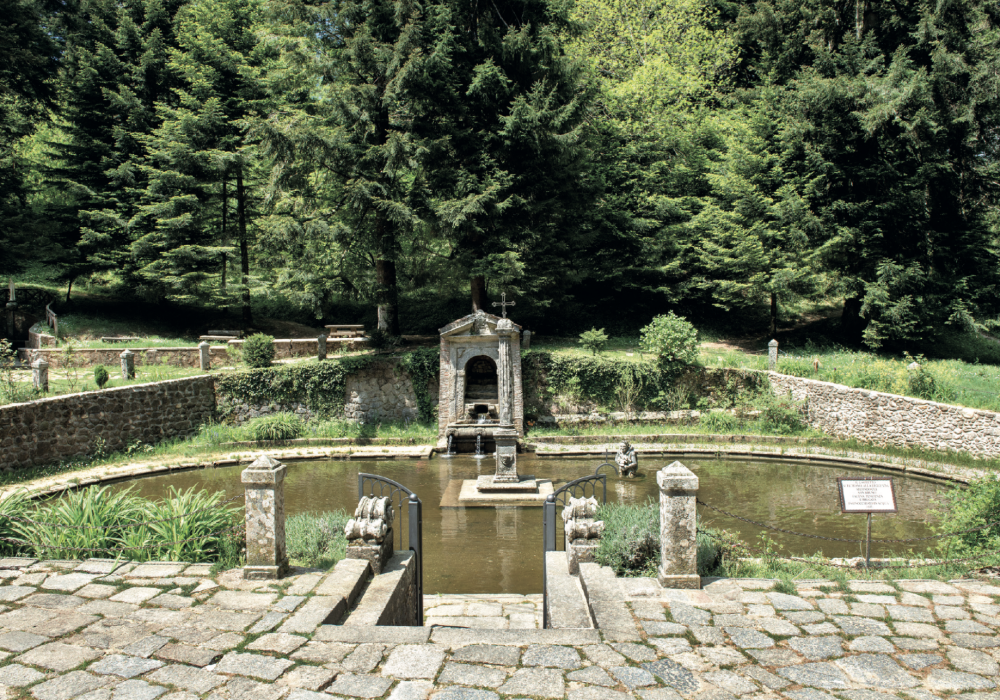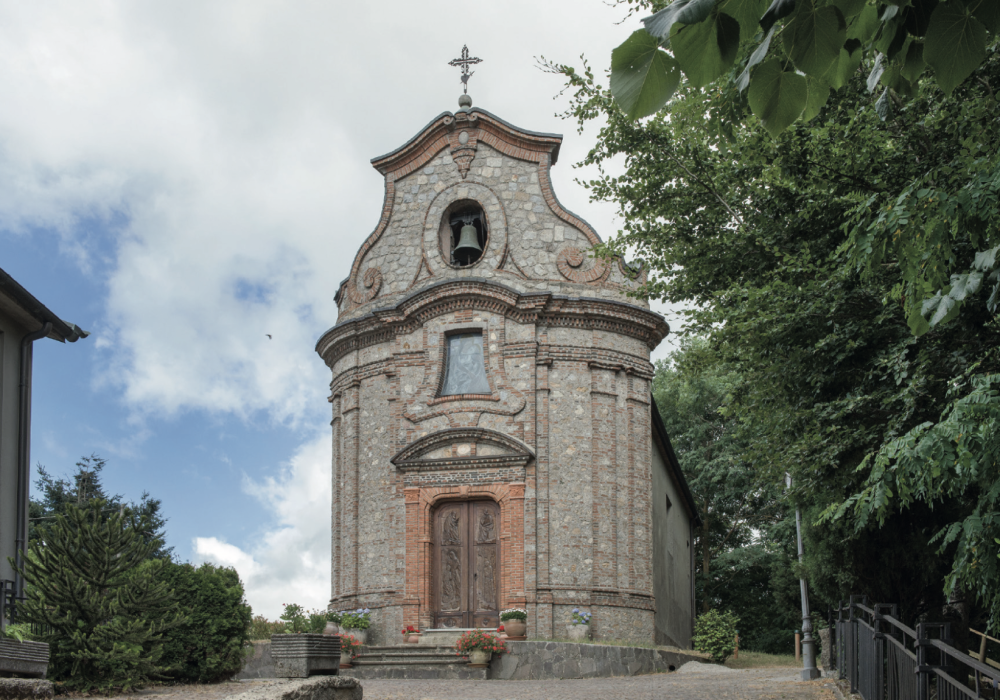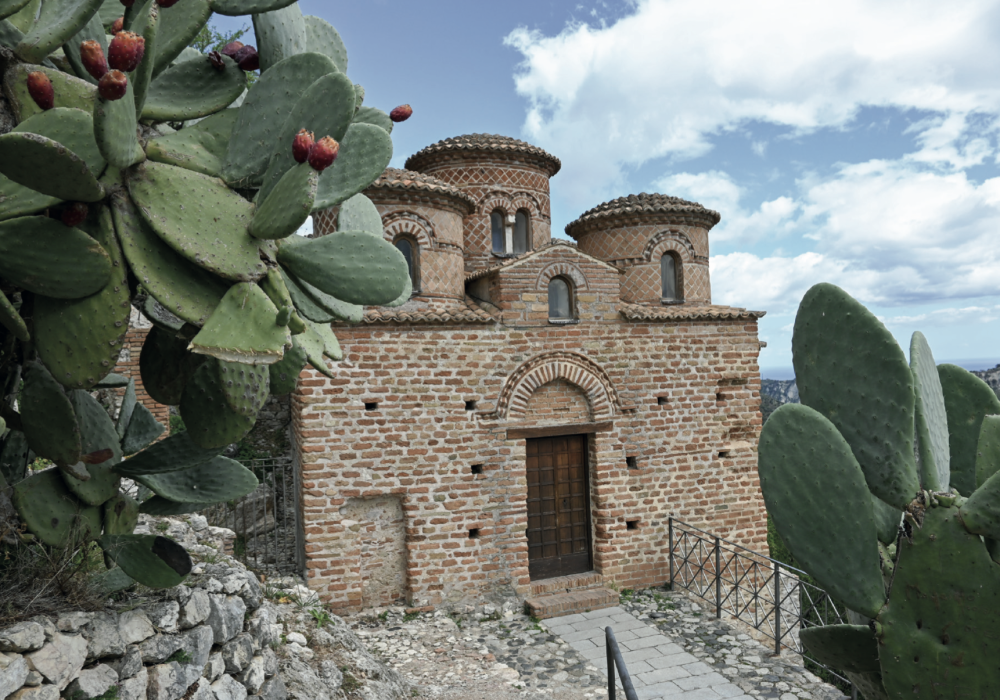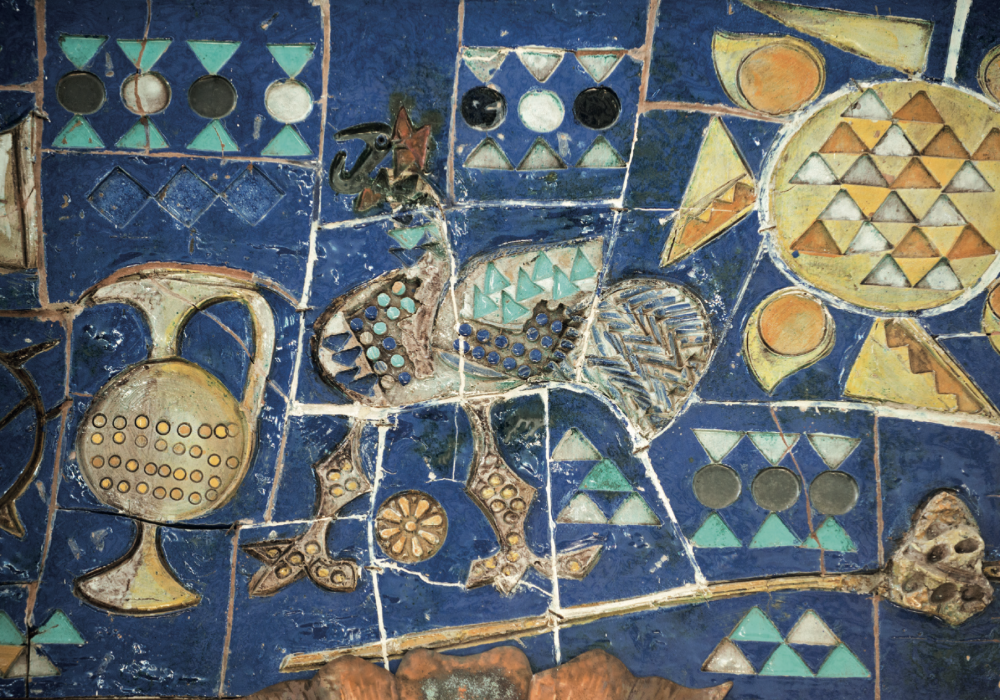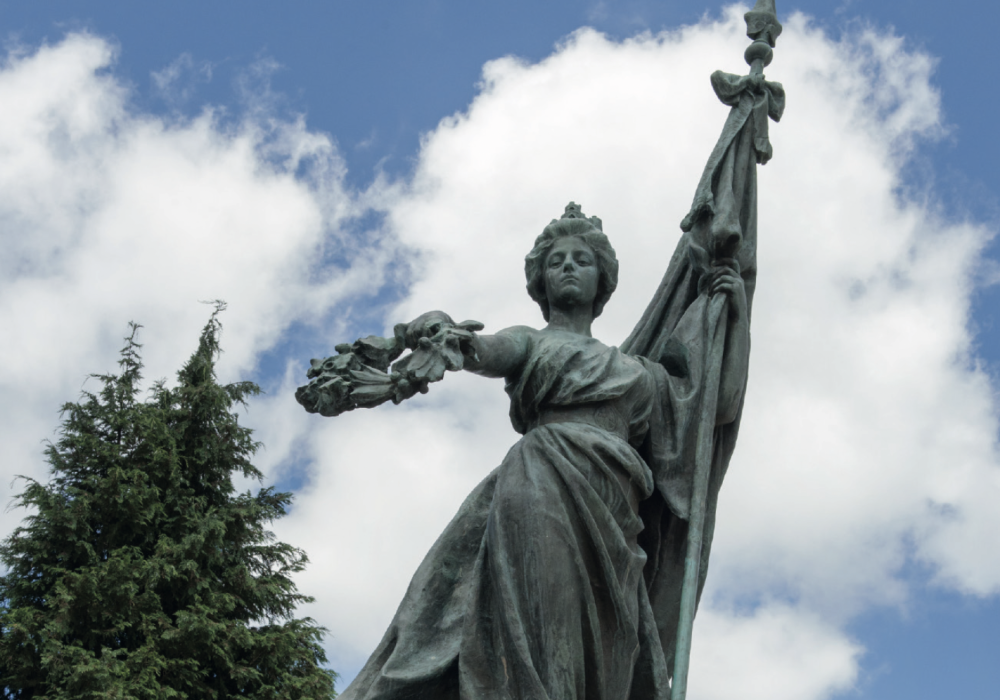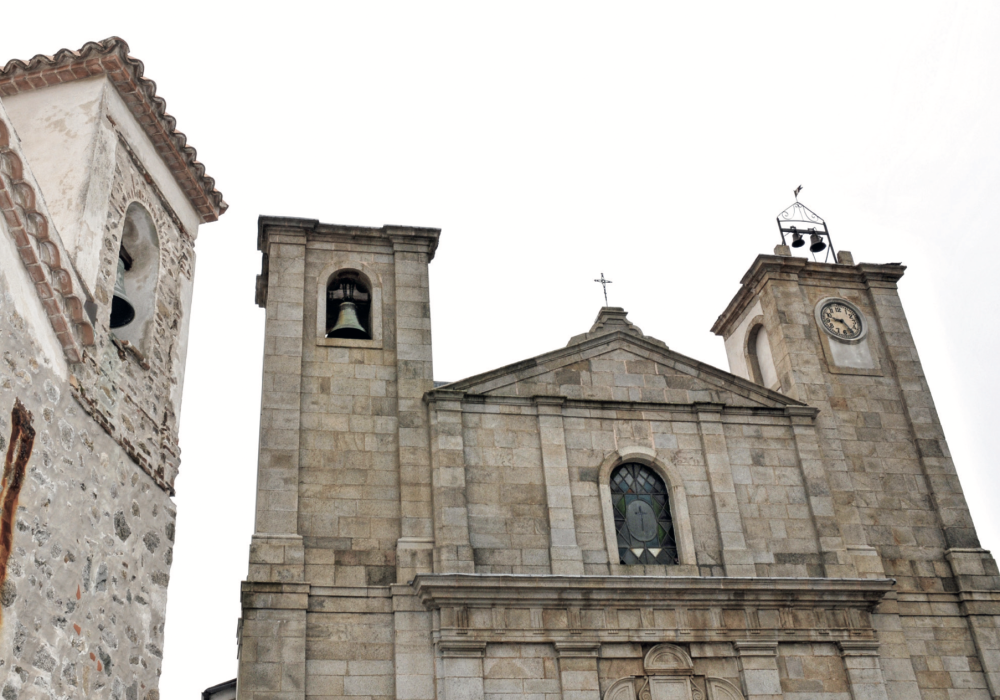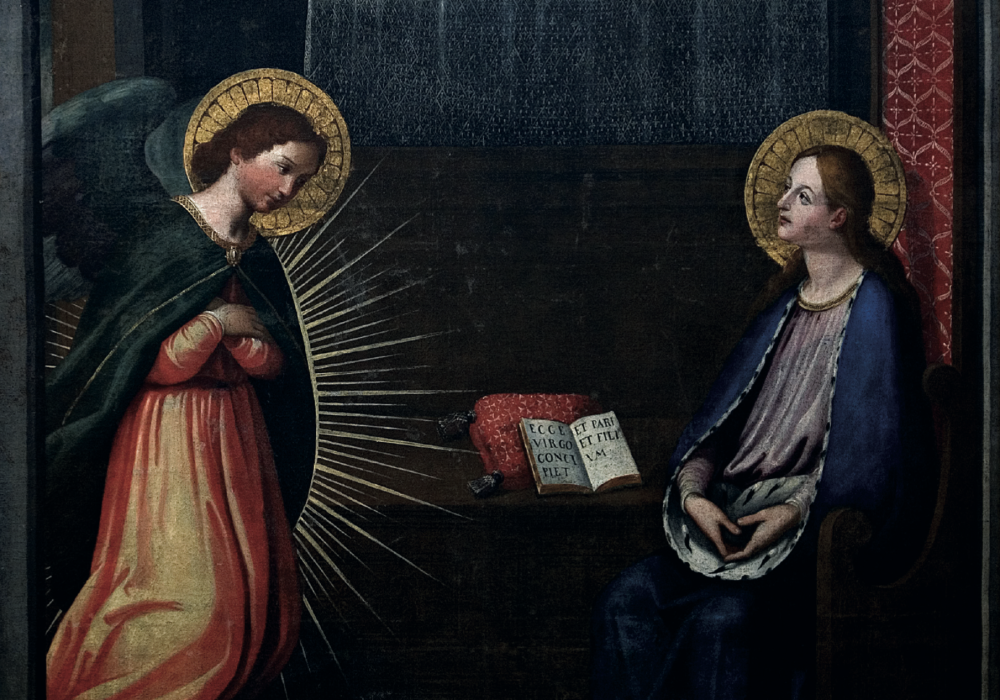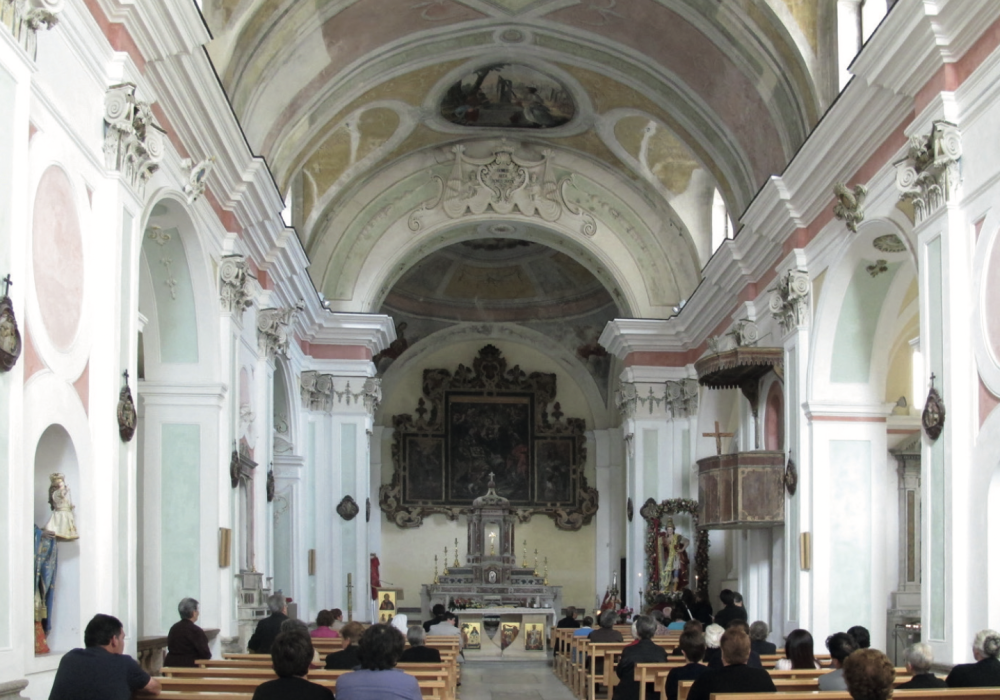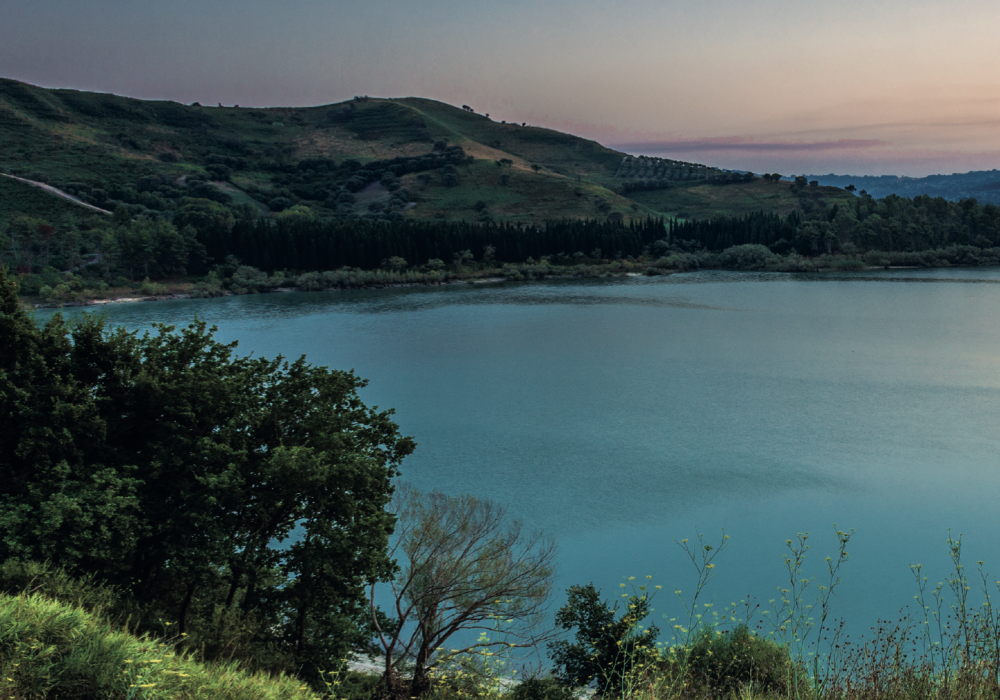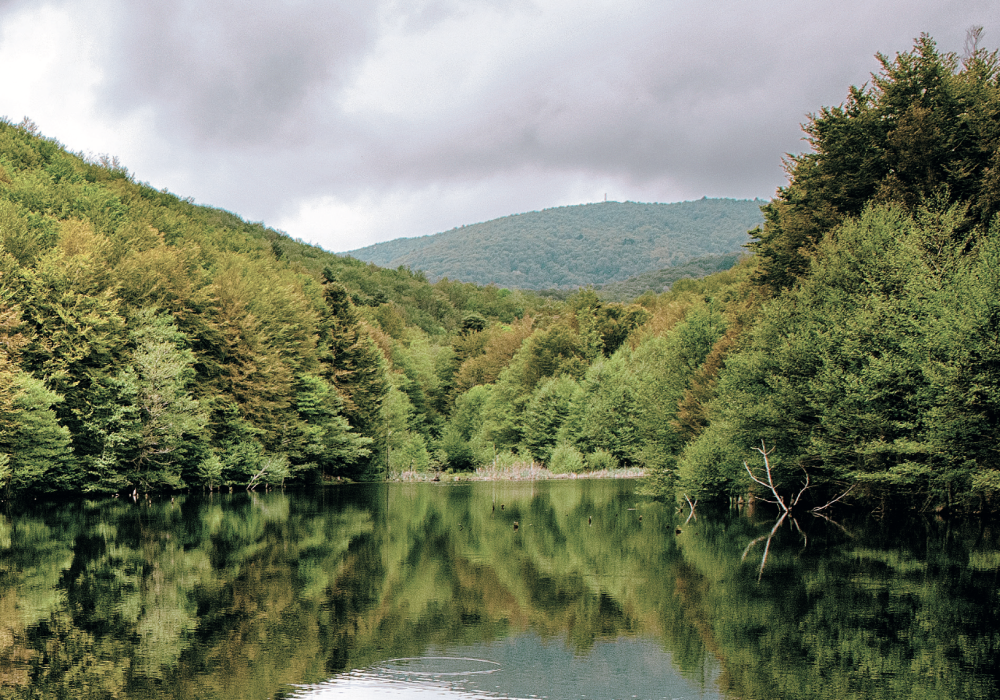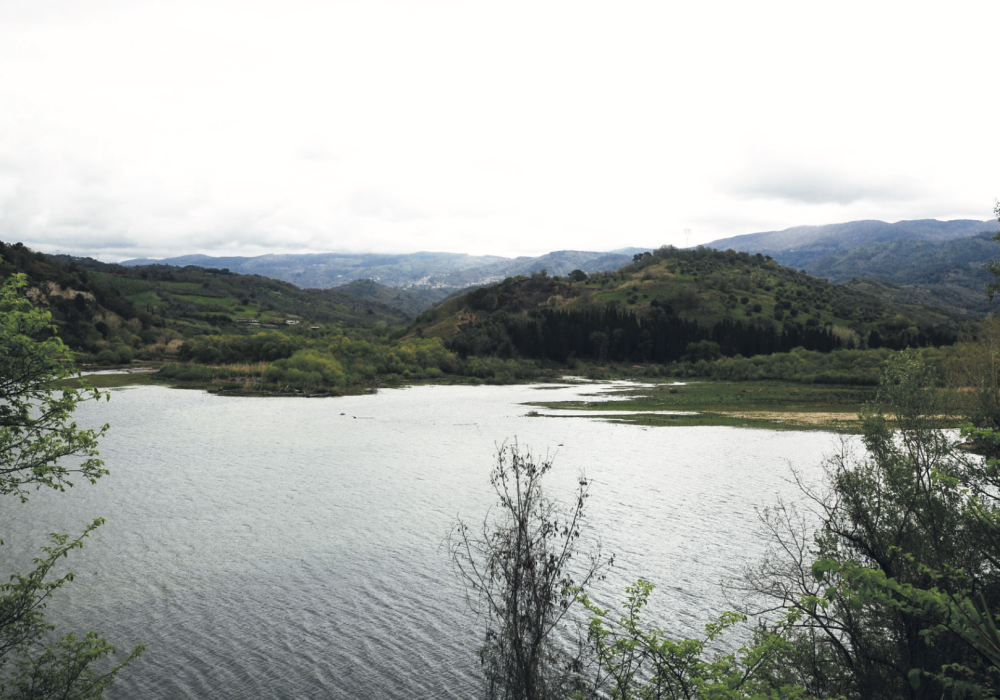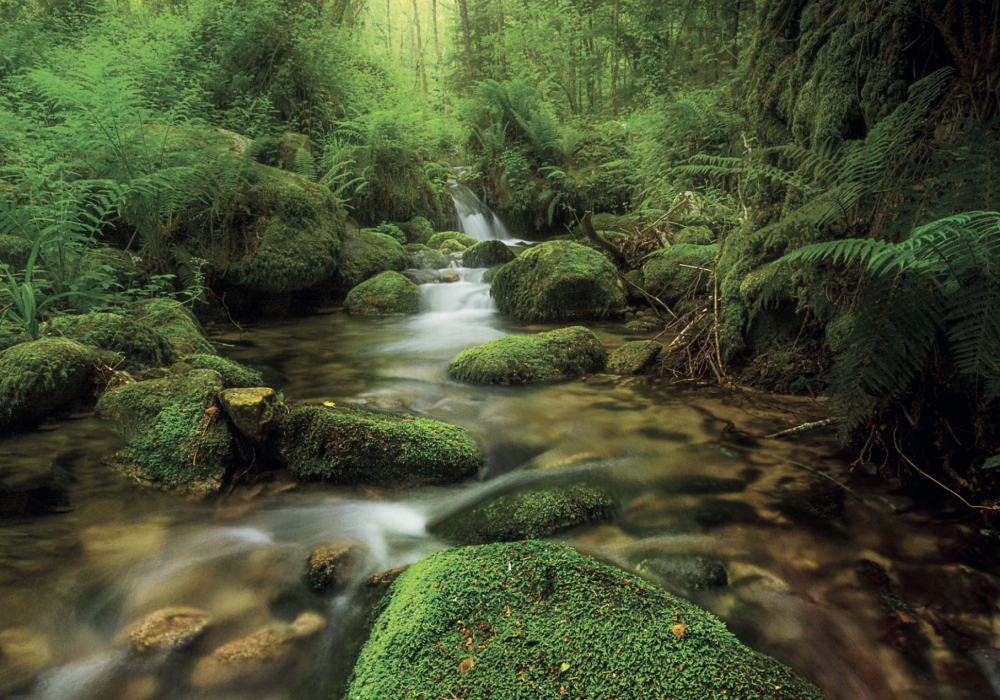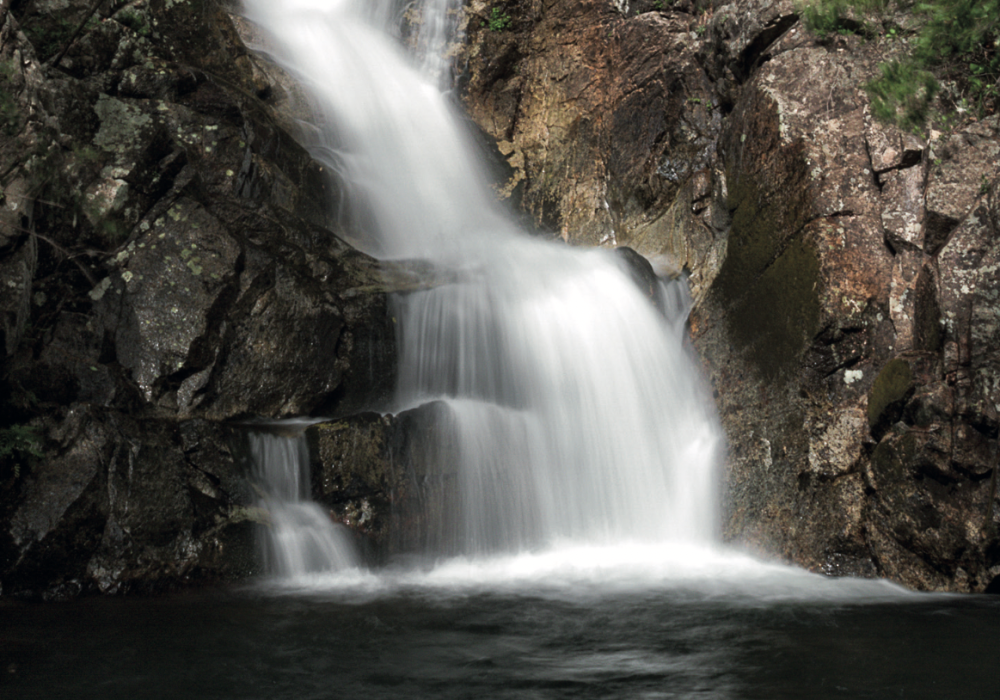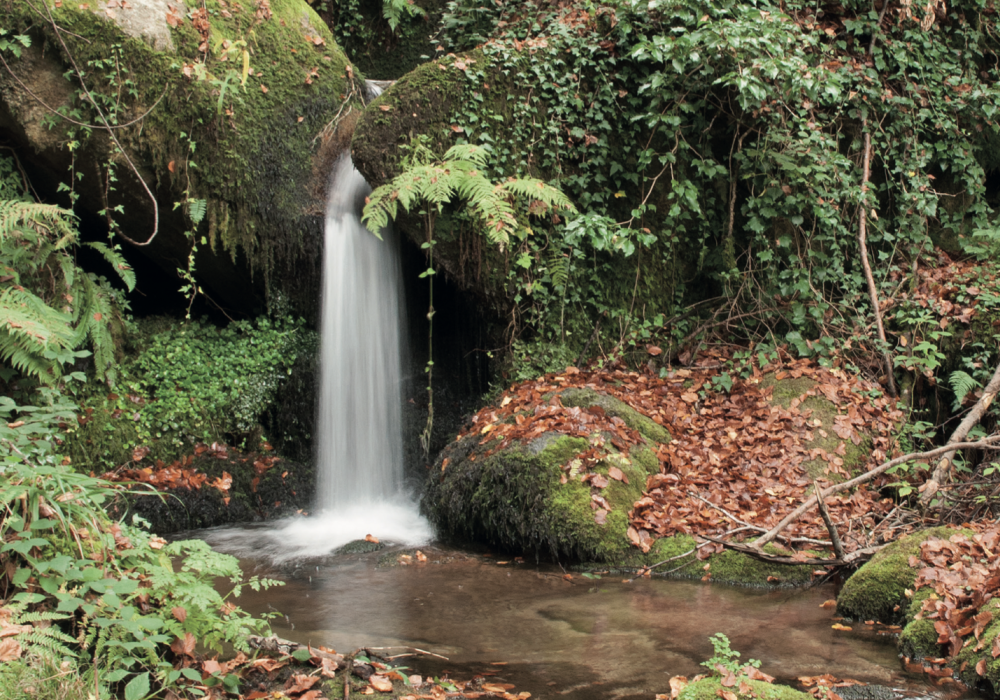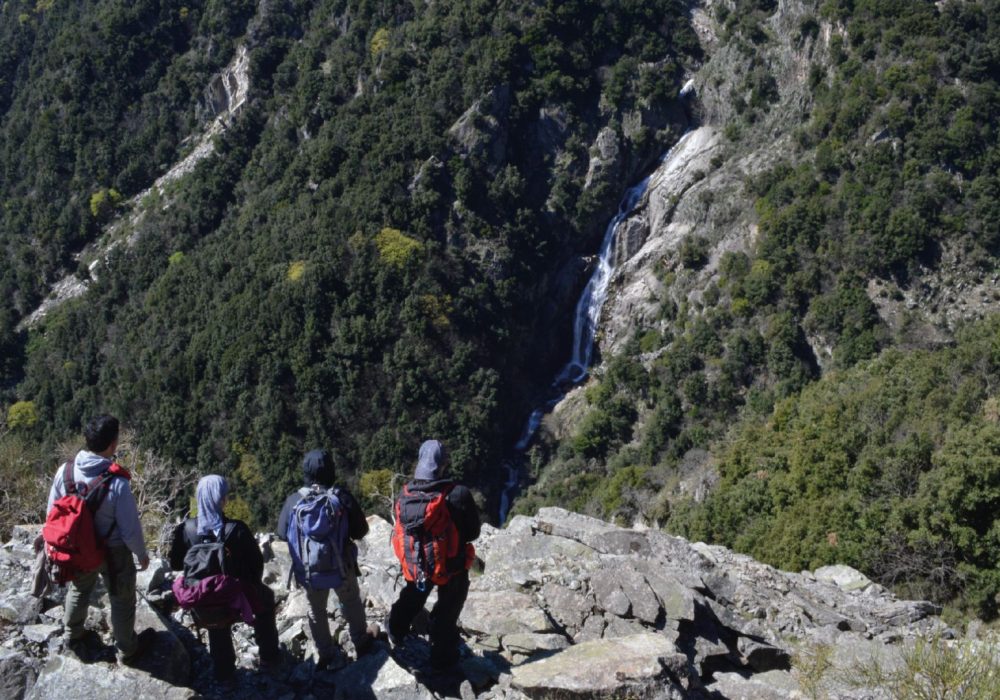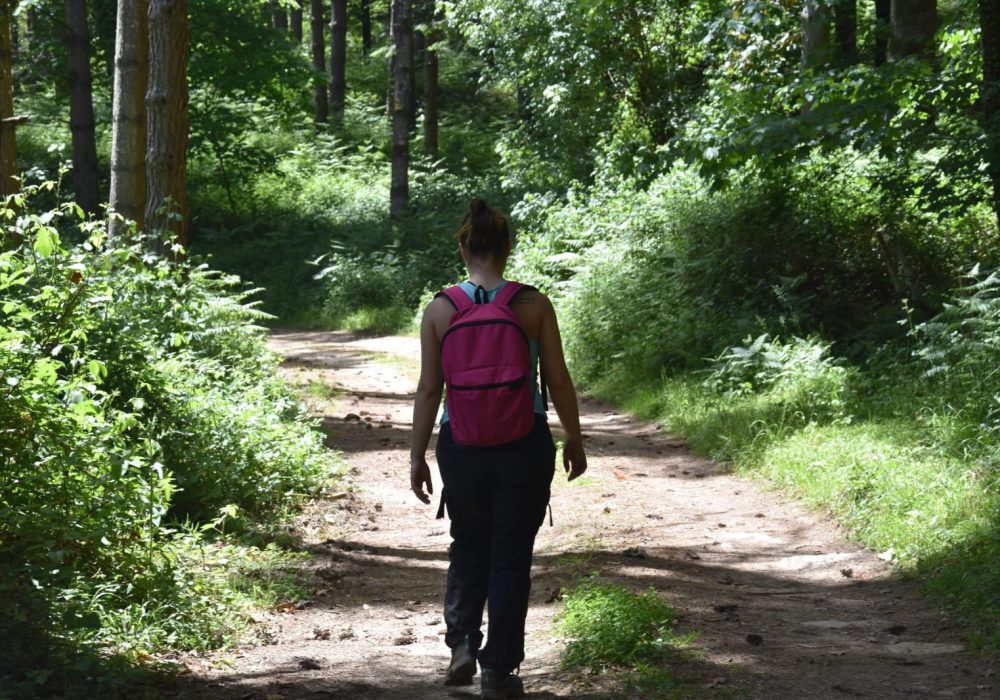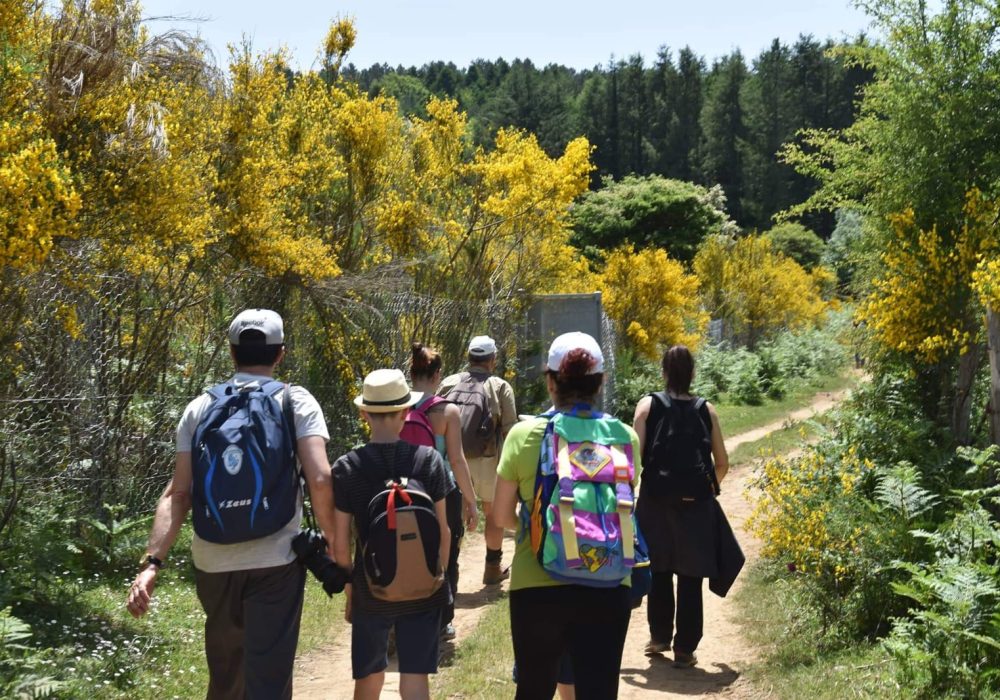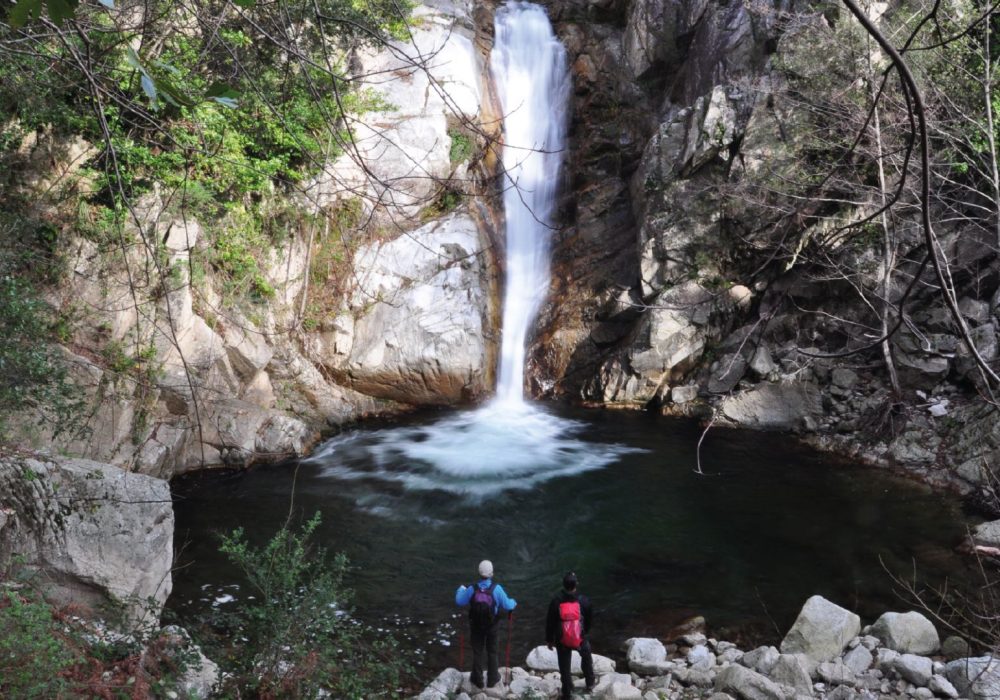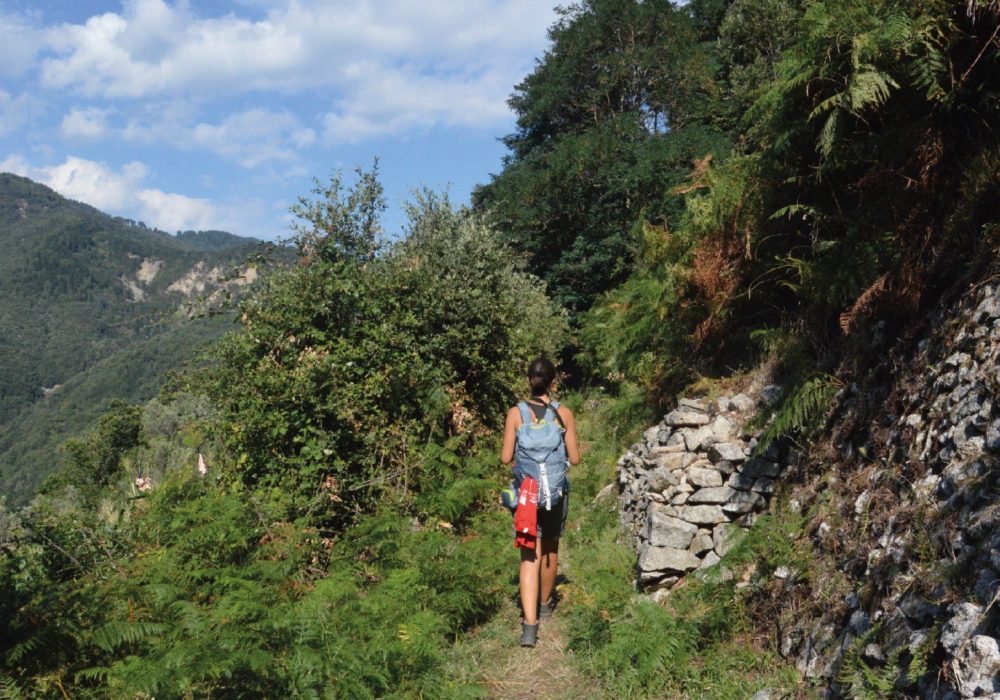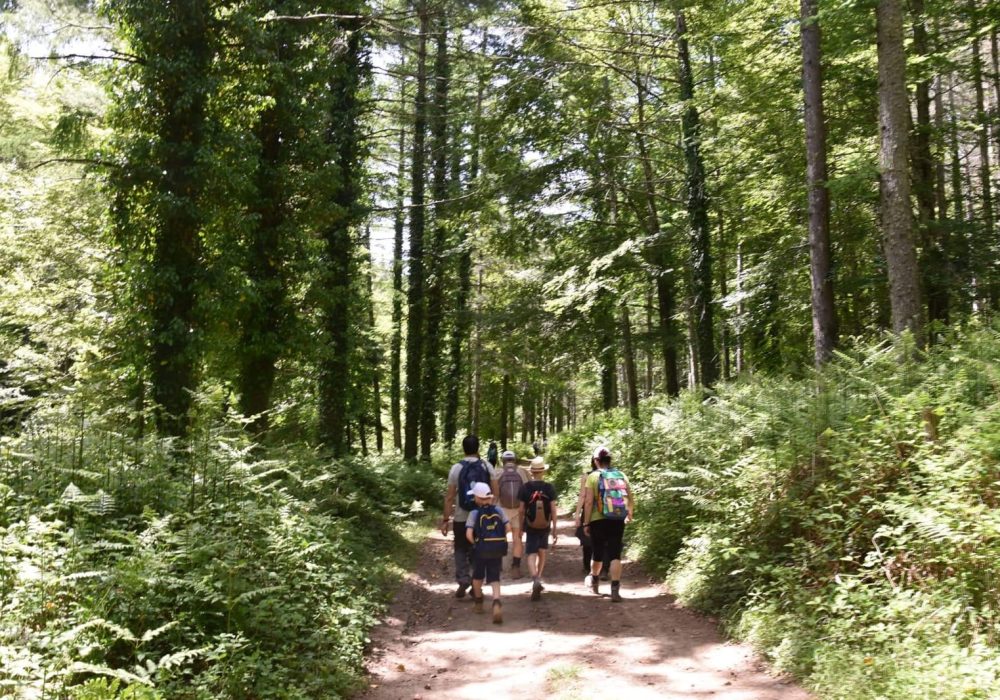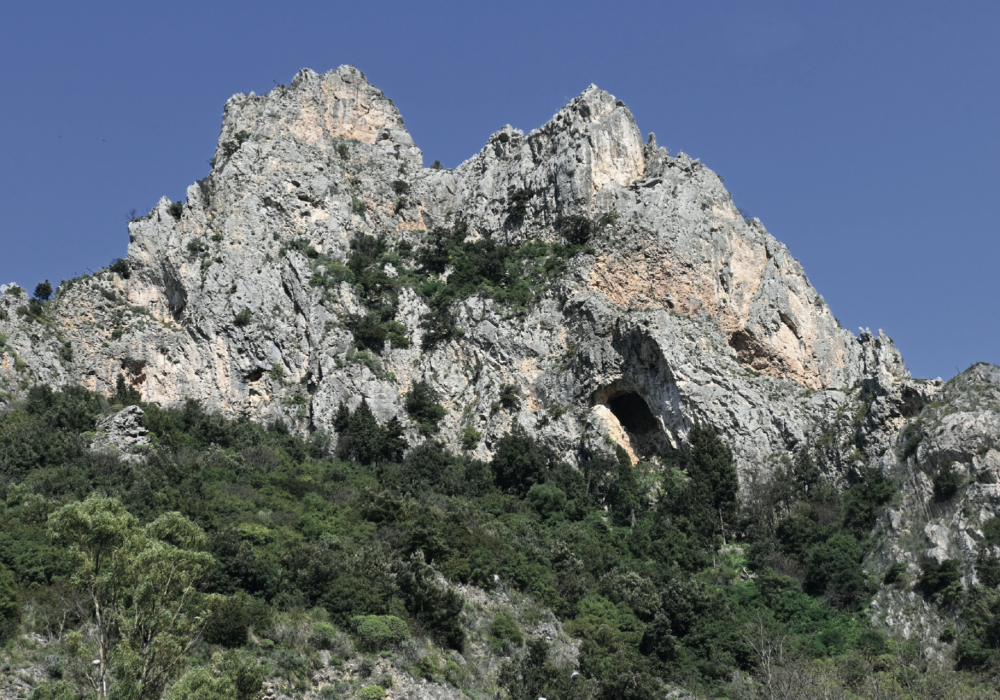"I Cammini del Brigante" Trail
We retrace the steps of Italy’s most famous brigand. We enjoy the beauty of once inaccessible places and let the view take in the Mesima valley and the horizon from the northern arc of the Gioia Tauro plain to the Gulf of Lamezia Terme.
Path Info
MUNICIPALITIES: Gerocarne (VV)
START: Località “Gagliolo” – Gerocarne (VV)
END: Località “Gagliolo” – Gerocarne (VV)
TIME: 2h30min path A, 3h45min path B, 5h30min path C round-trip
DISTANCE: 4,450 Km path A, 5,770 Km path B, 12 Km path C round-trip
DIFFERENCE IN ALTITUDE: 242 m path A, 322 m path B, 490 path C
MAXIMUM QUOTE: 756 m
MINIMUM QUOTE: 266 m
TYPE: A and B circular, C linear
DIFFICULTY: medium-high

Description
A multiple route, consisting of two circular routes and one linear route, on a dirt road for most of the walk and demanding due to significant differences in level and gradients, especially in sections B and C. The trails have as their backdrop the plateaus between Colaiello and Castania, the Morano forest rich in holm oaks and chestnut trees once enlivened by the activity of numerous charcoal burners and famous for having given refuge to the Musolino brigand and for the ‘Pietra delle Armi’ (Stone of Arms). We reach Gerocarne from the A3 SA/RC motorway, exit Serre, continue along the SS 182 in the direction of Soriano Calabro where we take the SP 60 towards Gerocarne, we leave the car in Piazza Giovanni Paolo II. Behind the Church of Santa Maria dei Latinis we take Via G. Berta, a short uphill stretch which, in just 5 minutes, will take us near a small pyramid-shaped fountain in the locality of ‘Gagliolo’. On our left, we can see a road leading away from the built-up area: this is where our route begins. This first part of the route runs along an area once used for cultivation, fruit trees and vegetables; given the ample availability of water from the Morano river, the so-called ‘angre’ can still be seen in the scrub. At the first crossroads we keep to the left and in about 15 minutes we reach a wooden bridge. At the next two crossroads we turn first right and then left, ignoring the diversions that leads to the dam. From here, in a few minutes, we will be at the intersection for Pietra delle Armi.

Path A
'Pietra delle Armi' Ring
The path to the left that enters the forest descending towards the Morano river will take us to the Pietra delle Armi picnic area in about 15 minutes. In this suggestive corner surrounded by greenery, dominated by the mass of “Pietra delle Armi”, we can rest before setting off on our return journey along the dirt road that follows the mountainside and in about 20 minutes will take us to the intersection with the return route of section B. The dirt track is the old Ariola-Gerocarne municipal road, which will take us back to the village in less than an hour.
Path B
'Casermetta Castania' Ring
As route A to Pietra delle Armi. From here we will have to undertake the ascent of an ancient path (about 1 km) through the San Fili forest that will take us to the pine forest with picnic area, fountain and Casermetta in the locality of Castania, where we can stop for a break before resuming the path on the municipal road, just a few minutes from the picnic area, which descends to rejoin itinerary A near the Western Gate of the Serre Park.
Long Path C
Round-Trip Vivaio Ariola
If we decide to opt for route C, we continue uphill, keeping these directions in the order of the crossroads: right, left, right, left, right. Immediately after a plantation of cherry trees (we are already on the Colaiello plane) and a patch of pine trees, the dirt track meets the municipal road that runs alongside the Ariola Nursery. We follow to the left and from here we reach the entrance in 20 minutes.
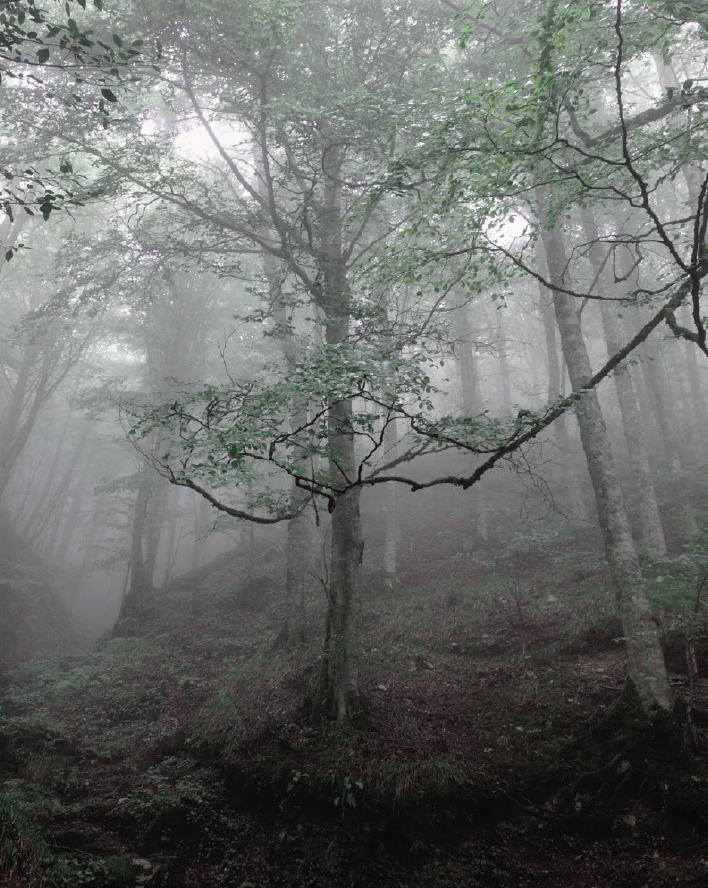
THE STONE OF ARMS
Uno stretto cuneo il cui fondo è esso stesso una gradinata proprio come la successione di altipiani caratteristici di questa zona. Un’alta, scoscesa parete di granito si innalza su un lato, volumi diseguali sospesi nel vuoto e il fragoroso rombare dell’acqua del Morano che si apre strada verso valle. Legenda popolare vuole che questo fosse il luogo scelto come nascondiglio da una delle figure più note e controverse della storia calabrese: Giuseppe Musolino, il brigante più famoso d’Italia, la cui storia fu spunto di molte canzoni popolari. Il luogo deve il suo nome al ritrovamento di alcune armi, resti di asce e punte di lance, risalenti al X sec. oggi conservate nel museo archeologico di Vibo Valentia.
THE HONEYWOOD (Quercus Ilex)
Climbing the dirt tracks that zigzag along the Morano river valley, on the ridge of the Morano and San Fili-Castania woods, on the flank of the Moranello forest, we will be surrounded by numerous specimens of holm oak or elm. This plant, typical of the Mediterranean basin, has over time been attributed different, even opposing, values on a symbolic level; given its proximity to the oak, a holm oak twig is present in the coat of arms of the Italian Republic as a symbol of strength, but its shape, sinister and austere, meant that many considered it suitable only for funeral rites. The wood of this plant is hard, compact and heavy, difficult to work but excellent as fuel and for the production of charcoal. At one time this activity was widespread in these places and it is not uncommon, along these slopes, to come across small farmyards where charcoal kilns were erected.
'I VASAI'
The materialisation of an object from nothing, the almost hypnotic movement of the hands, the sound of the lathe. Slow rhythms, an ancient art. Gerocarne was among the most flourishing centres of figuline production in Calabria and among those that over time have maintained the closest continuity in the transmission of its secrets from generation to generation. The advance of modernity has severely affected even this production, which nevertheless survives thanks to the dedication of a few families. Let’s not miss the chance to witness the modelling of clay by local masters. We will live an experience that will not fail to fascinate us.
'VIVAIO ARIOLA'
The materialisation of an object from nothing, the almost hypnotic movement of the hands, the sound of the lathe. Slow rhythms, an ancient art. Gerocarne was among the most flourishing centres of figuline production in Calabria and among those that over time have maintained the closest continuity in the transmission of its secrets from generation to generation. The advance of modernity has severely affected even this production, which nevertheless survives thanks to the dedication of a few families. Let’s not miss the chance to witness the modelling of clay by local masters. We will live an experience that will not fail to fascinate us.
